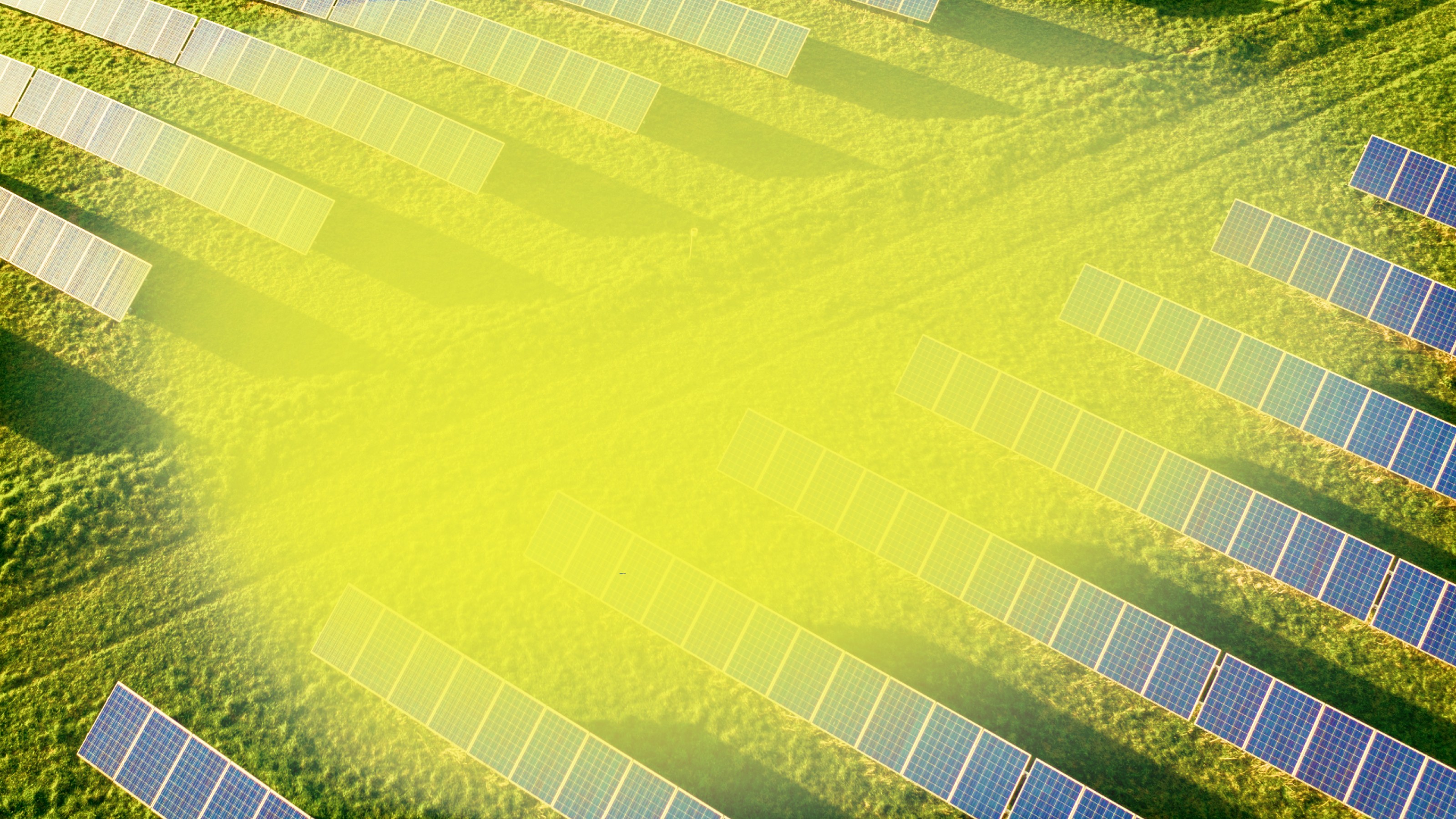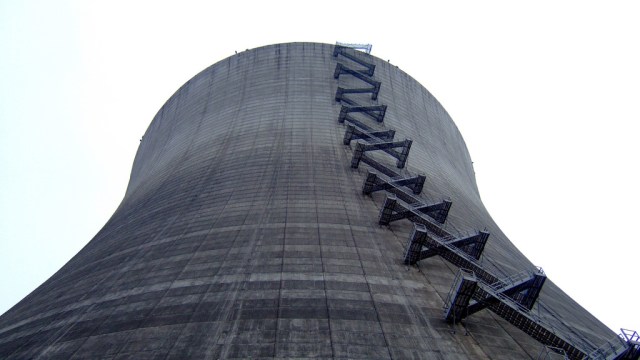Ray Kurzweil: Solar Will Power the World in 16 Years

What’s the Big Idea?
Solar power, driven by exponentially-increasing nanotechnology, will satisfy the entire world’s need for energy in less than twenty years.
Why Is It Groundbreaking?
Currently, solar power supplies less than 1% of the world’s energy needs, which has led many to disregard its future significance. Where they’re wrong is that they fail to understand the exponential nature of technology, says eminent inventor and futurist Ray Kurzweil. Just like computer processing speed—which doubles every 18 months in accordance with Moore’s law—the nanotechnology that drives innovations in solar power progresses exponentially, he says.
During his latest Big Think interview, Kurweil explained:
“Solar panels are coming down dramatically in cost per watt. And as a result of that, the total amount of solar energy is growing, not linearly, but exponentially. It’s doubling every 2 years and has been for 20 years. And again, it’s a very smooth curve. There’s all these arguments, subsidies and political battles and companies going bankrupt, they’re raising billions of dollars, but behind all that chaos is this very smooth progression.”
So how far away is solar from meeting 100% of the world’s energy needs? Eight doublings, says Kurzweil, which will take just 16 years. And supply is not an issue either, he adds: “After we double eight more times and we’re meeting all of the world’s energy needs through solar, we’ll be using 1 part in 10,000 of the sunlight that falls on the earth. And we could put efficient solar farms on a few percent of the unused deserts of the world and meet all of our energy needs.”
Reducing this bold of a prediction to simple mathematics sounds absurd, but it has served Kurzweil in the past. Using this formula, he accurately predicted the fall of the Soviet Union, chessmaster Garry Kasparov’s defeat to a robot, and the proliferation of the Internet—as well as over 100 other predictions. (He also says that humans will merge with machines in 2045!)
Why Should You Care?
Needless to say, the implications of cheap solar power would be truly staggering, revolutionizing virtually every aspect of life and geopolitics. Potentially dangerous nuclear power would become obsolete; dirty energy sources like coal and oil would be a thing of the past; and the world would no longer have to kowtow to corrupt governments that just happen to be resource-rich.
So many other global issues—like impending water and food crises—would also no longer be issues if a cheap, renewable energy source existed. “We’re awash with water, but most of it’s salinated or dirty,” says Kurzweil. We have the technology to desalinate and clean water, but it is very costly. Cheap solar would change that. If we had inexpensive energy, scientists could also grow hydroponic fruits and vegetables, supplying the growing demand for food and “recycling all the nutrients and materials so there’s no ecological impact at all.” They could even “grow meat without animals by cloning muscle tissue,” eliminating the need for disastrous factory farming, he says.
Learn More:
— Kurzweil’s Law of Accelerating Returns
— Solar was the fastest growing US energy sector in 2010
— Is China’s solar sector overhyped or underhyped? Both!





